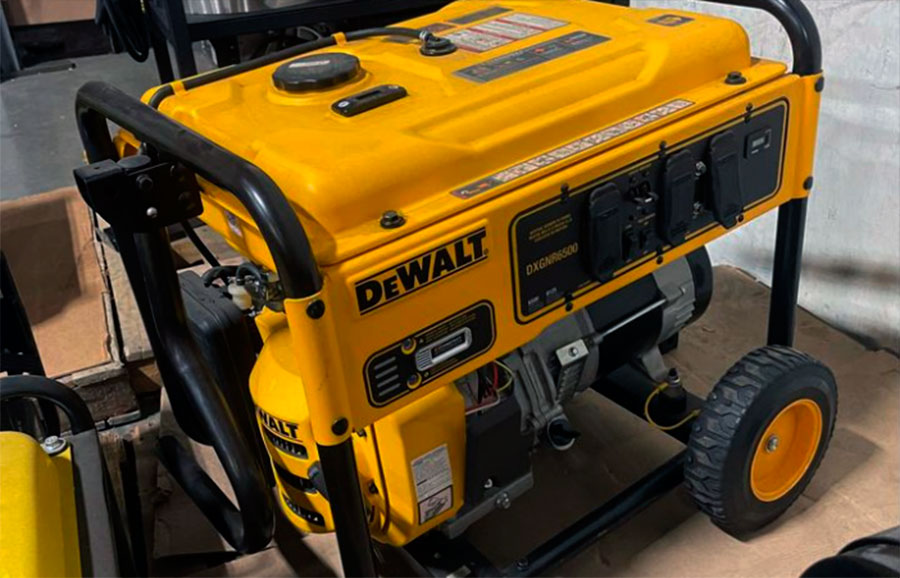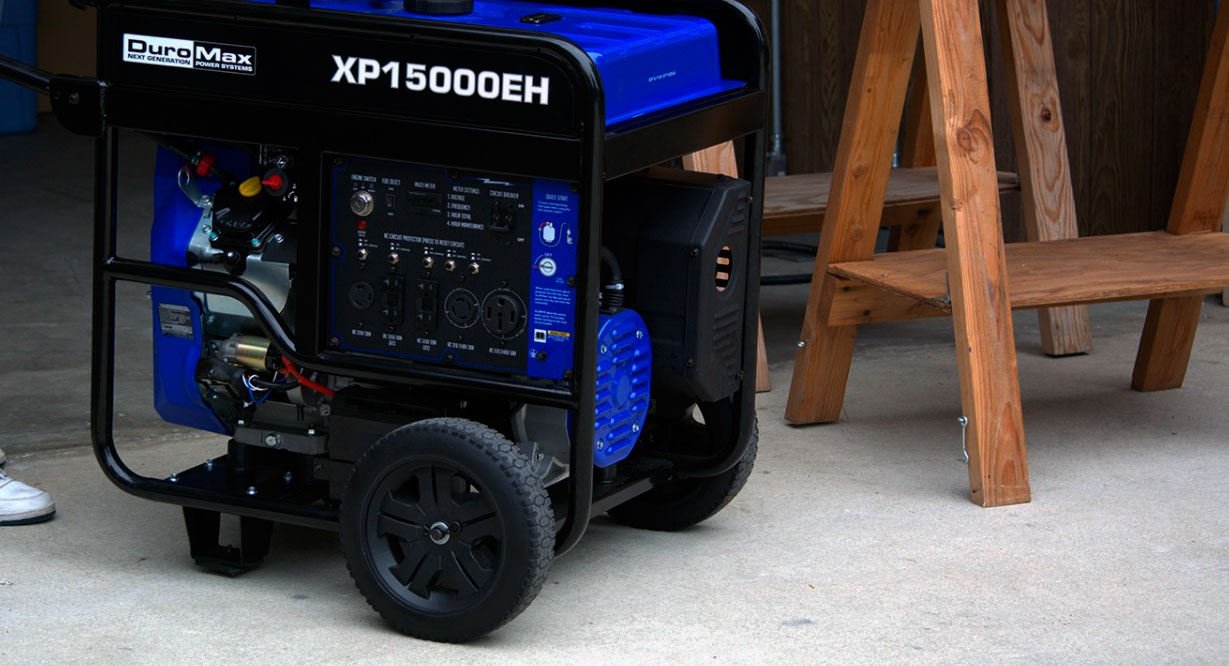
In a power outage, you will need to connect your portable generator to your house for it to work and provide power.
The first step is making sure that all connections are tight and secure before turning the generator on. Next is running an extension cord from the outlet box outside (make sure not to use any old extension cords as they may be unsafe) into the house where you want to power. Once this is done, plug in appliances such as lamps or televisions into those outlets inside, you can now turn your generator on! It’s important that you keep an eye out for sparks or popping sounds when doing.
Install a portable generator for power in the home

If you’re like most people, you’ve been in a situation where your power goes out, and it’s too inconvenient to head to the store for candles or batteries. This is when a portable generator can be your best friend. But how do you connect it? And what if there is no gas nearby? We’ll show you all of the different ways that will allow you to power up during an emergency.
Do you have a portable generator in your house? If so, you need to know how to connect it! The most important thing is that the power cord needs to be connected from the generator to the breaker box. It’s also important that there are no loose wires or any issues with anything else around it. Finally, you want everything as neat and tidy as possible because if not, then it could cause a fire. This way, when using your portable generator for things like cooking food or charging electronics, you can do so safely.
Steps to install a portable generator for an emergency power outage

A portable generator is a great way to stay powered up during any emergency. However, if you’re using it in your home, some precautions need to be taken before the power goes out so that you can keep your appliances running without the risk of fire or electrocution. Here are some tips on how to connect generator to house safely and effectively.
- Always plug-in appliances one at a time while testing them periodically with an outlet adapter plugged into the wall socket until everything is working correctly.
- Make sure all plugs are grounded by connecting them to an approved ground fault circuit interrupter (GFCI), which will automatically stop electricity from flowing through the line if it senses electric current leaking back onto itself.
Generators are not just for camping. With the power of a portable generator, you can have electricity in your home during an outage or storm. You’ll also find out about the most common mistakes people make when setting up their home generator – so if this is something that concerns you, keep reading.
Suppose I had any hope of keeping my freezer running during Hurricane Irma. In that case, it would take me to use one of these babies: A backup refrigerator/freezer combo (a fridge), a gas stove (or propane grill) with at least two full tanks, and plenty of fuel, lots of ice.





